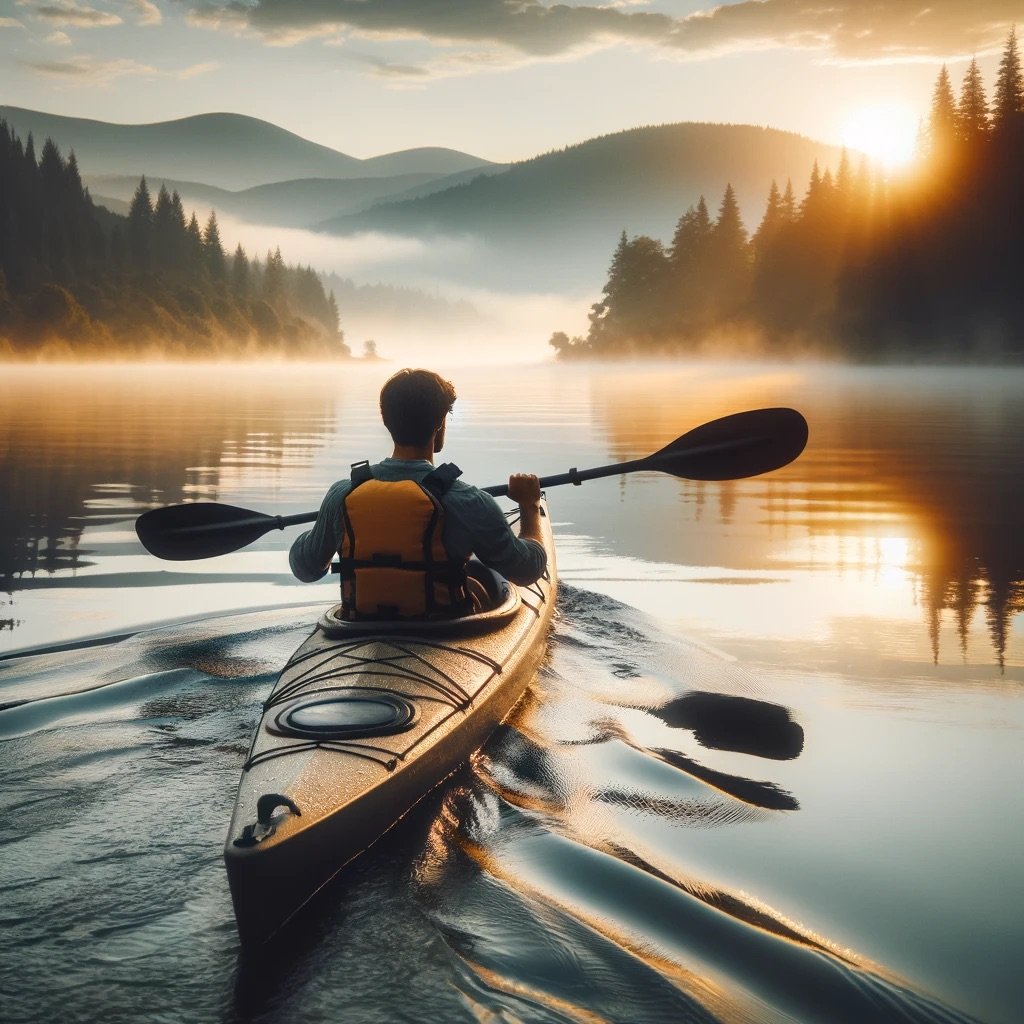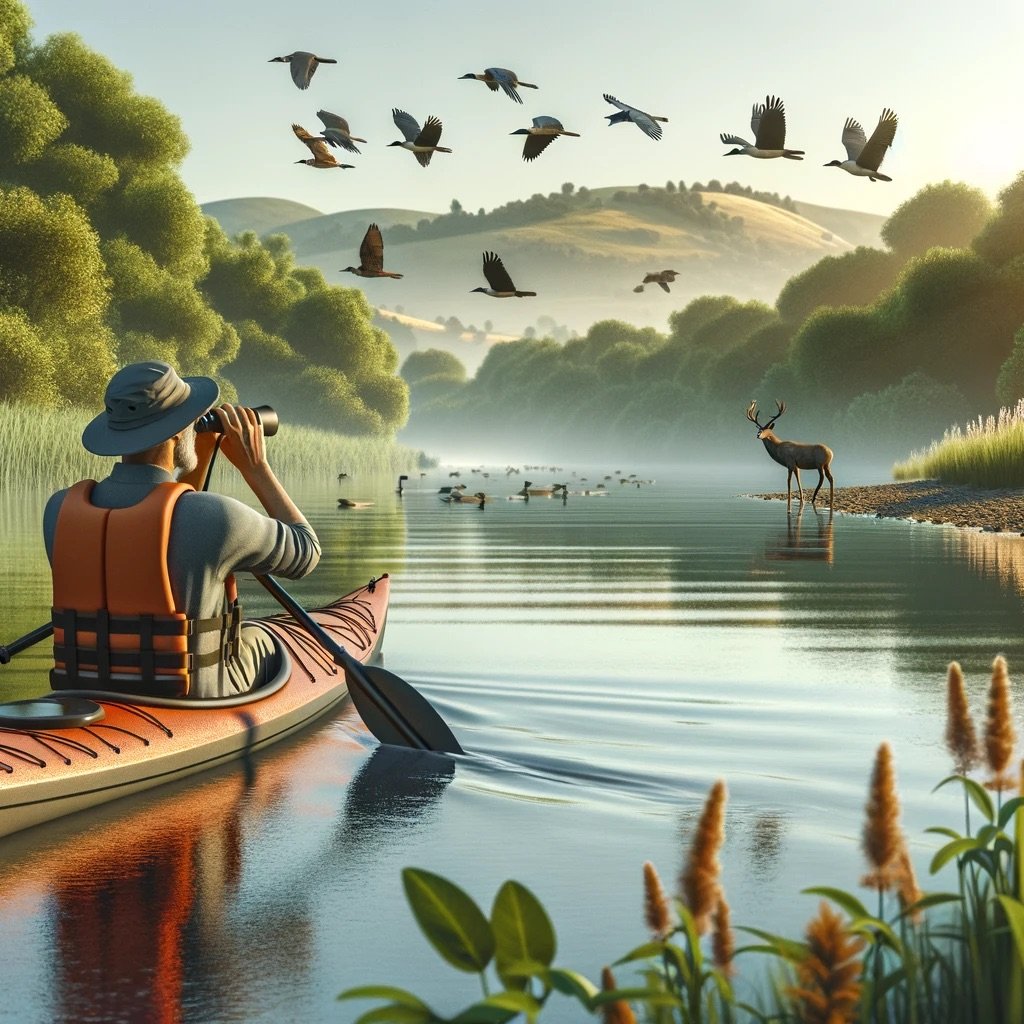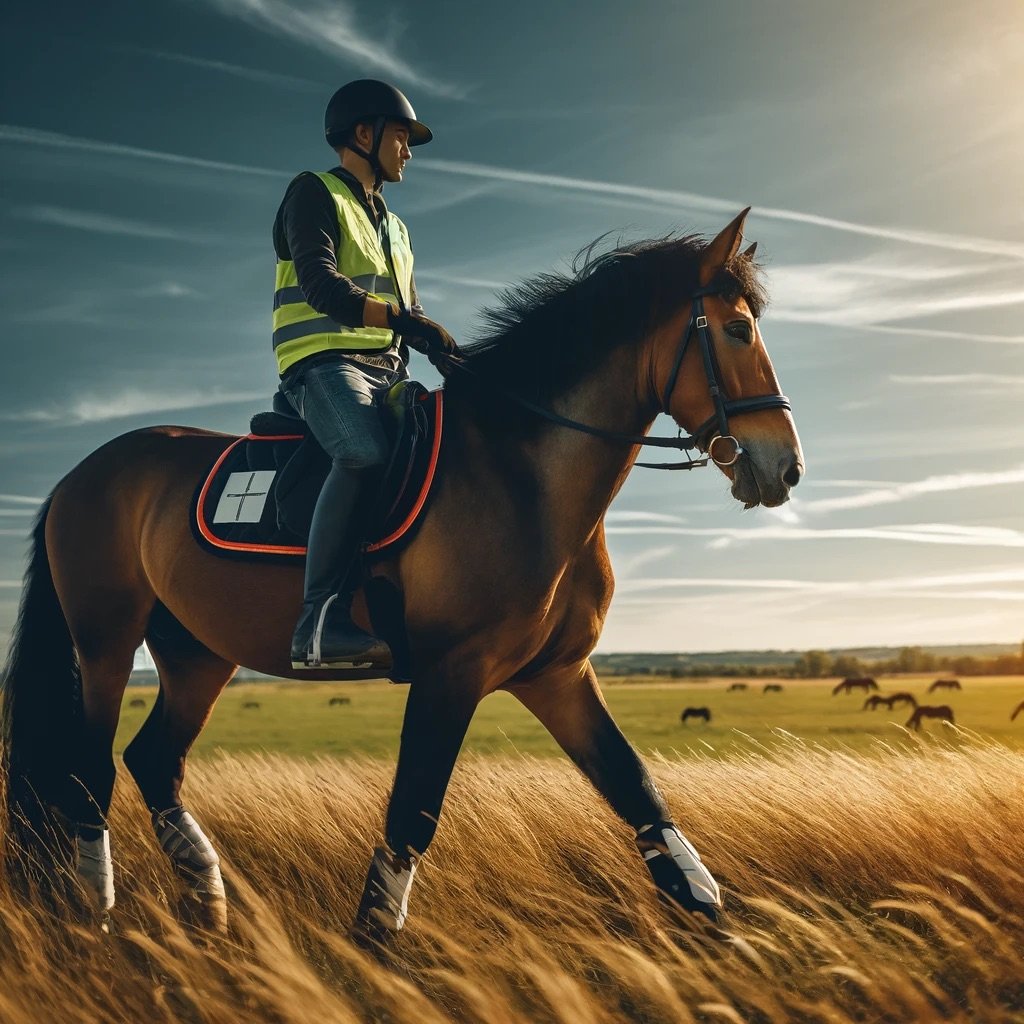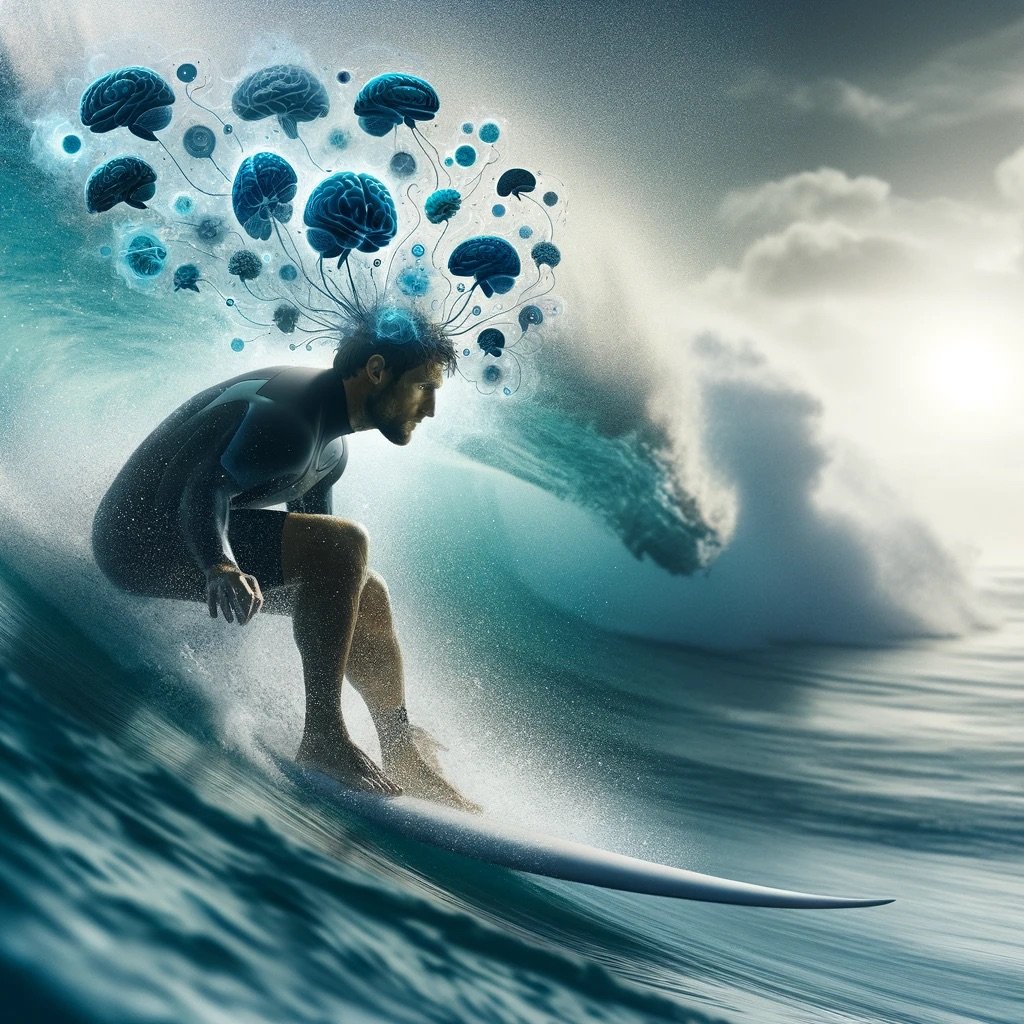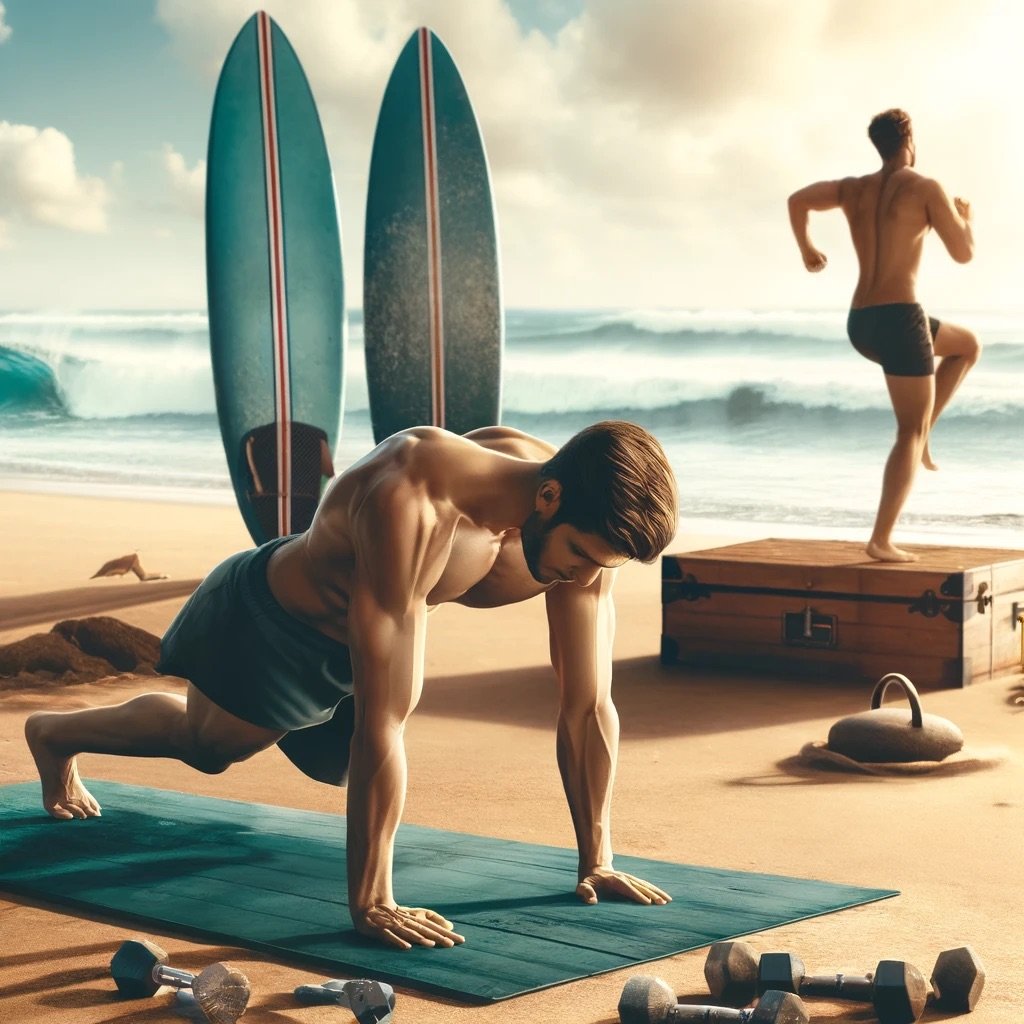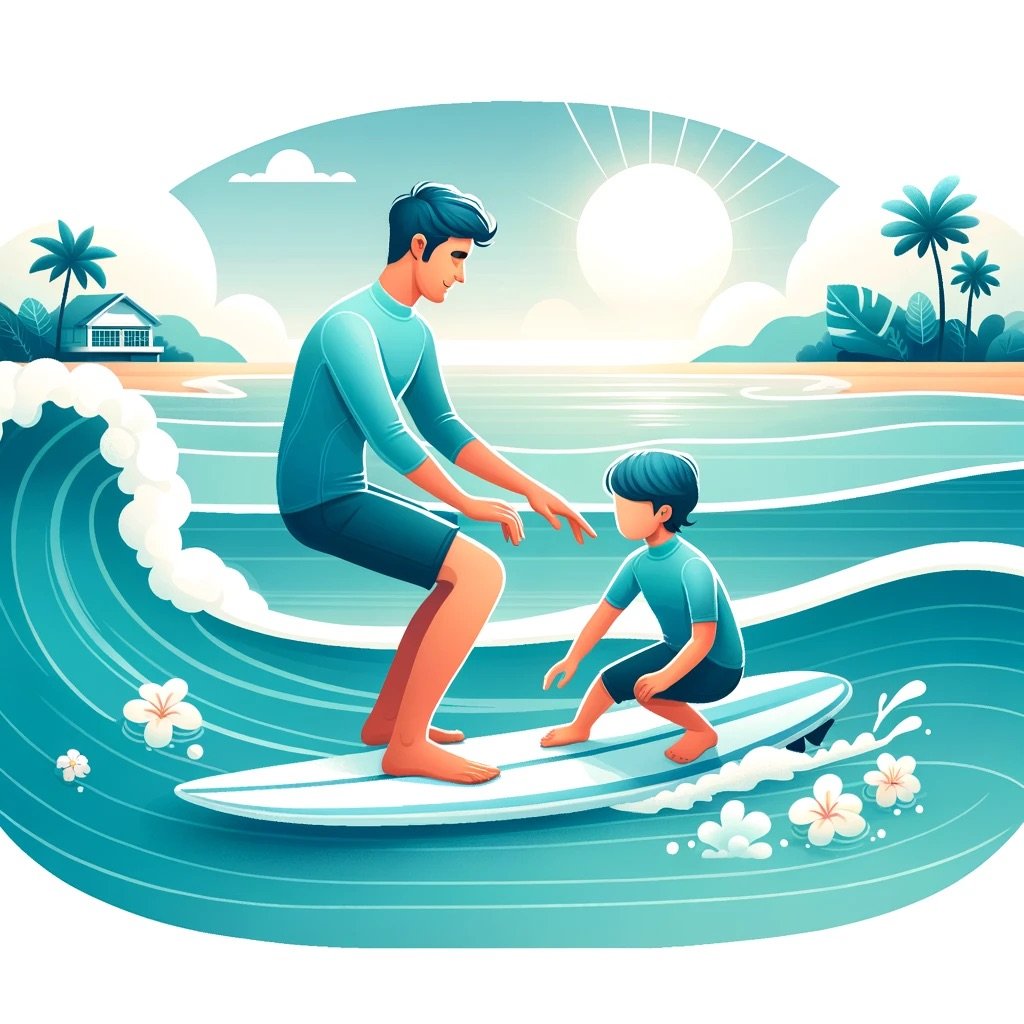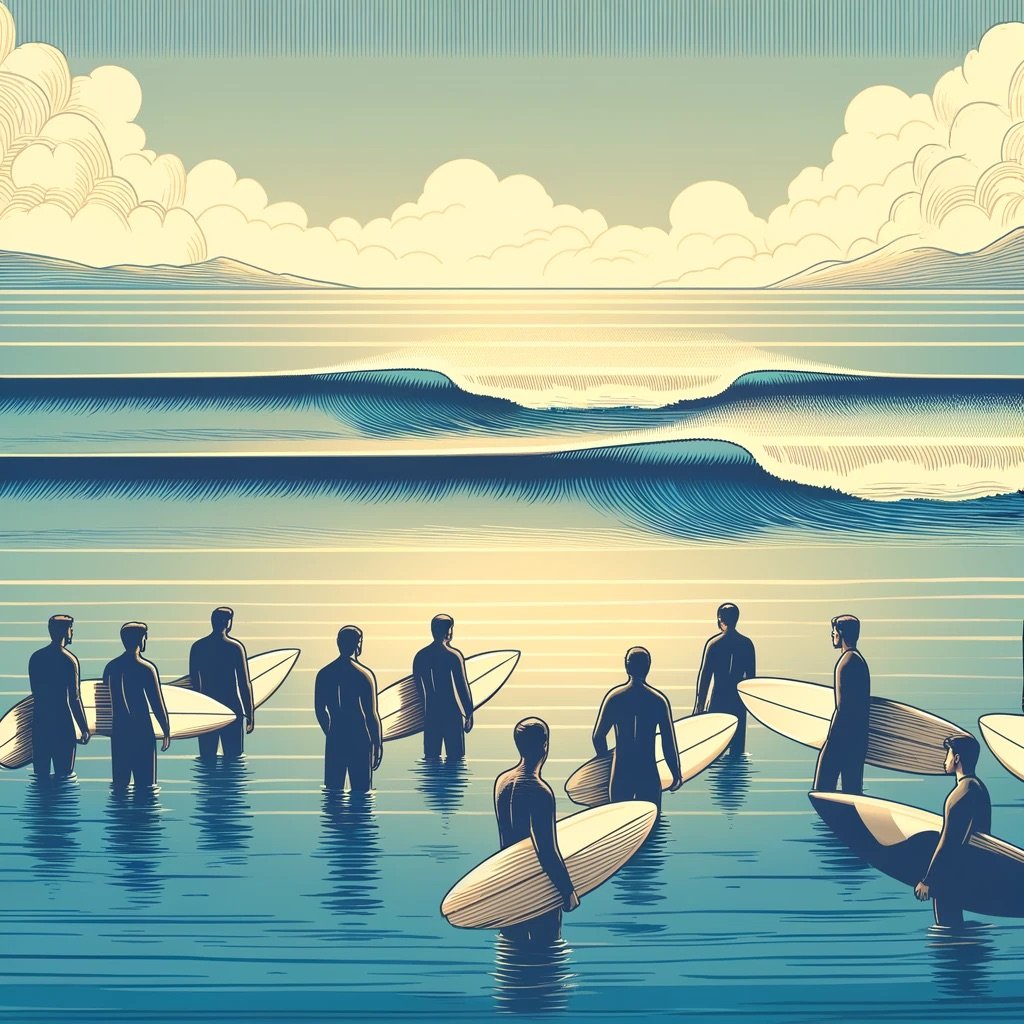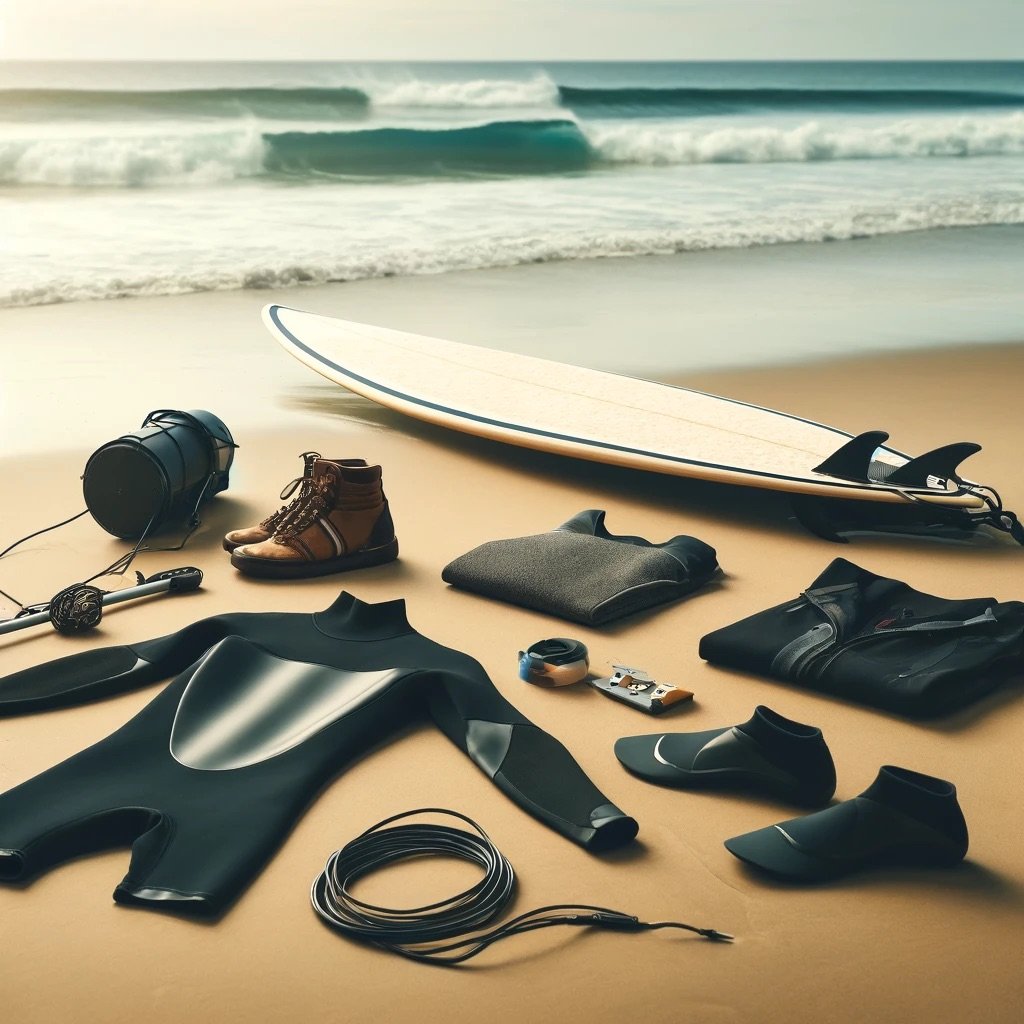Solo kayaking offers a unique opportunity for introspection, tranquility, and independence on the water. However, it also requires extra precautions to ensure safety. Here’s a comprehensive guide to enjoying solo kayaking safely and effectively.
Benefits of Solo Kayaking
- Personal Freedom
- Kayak at your own pace, choose your route, and make spontaneous decisions without coordinating with others.
- Connection with Nature
- Experience nature more intimately and mindfully, enjoying the sights and sounds without distractions.
- Building Confidence
- Relying on your skills and judgment builds confidence and resilience.
Safety Tips for Solo Kayaking
- Wear a Life Jacket
- Always wear a properly fitting life jacket designed for kayaking. It is essential for safety in case of an accident.
- Check Weather Conditions
- Always check the weather forecast before heading out. Avoid kayaking in bad weather or strong winds.
- Know Your Limits
- Start with shorter trips in familiar waters. Gradually build up your skills and endurance for longer and more challenging routes.
- Plan Your Route
- Plan your route carefully, considering your skill level and water conditions. Choose well-known and marked trails for your initial solo trips.
- Inform Someone of Your Plans
- Share your itinerary with a friend or family member, including your route, expected return time, and emergency contacts.
- Use Proper Gear
- Ensure your kayak is suitable for solo paddling and can handle the expected conditions. Use a paddle leash, carry a whistle, and have a first aid kit on hand.
Essential Gear for Solo Kayaking
- Navigation Tools
- Carry a map, compass, and GPS device. Know how to use them to navigate effectively.
- Communication Device
- Bring a fully charged mobile phone or a satellite communicator in case of emergencies.
- Dry Bag
- Use a dry bag to keep essential items like your phone, wallet, and extra clothing dry.
- Hydration and Nutrition
- Pack plenty of water and high-energy snacks to stay hydrated and fueled.
Techniques for Solo Kayaking
- Efficient Paddling
- Use proper paddling techniques to conserve energy and maintain a steady pace.
- Self-Rescue Skills
- Learn and practice self-rescue techniques such as the Eskimo roll and re-entering your kayak from the water.
- Stay Visible
- Wear bright clothing and use a flag or light on your kayak to remain visible to other boaters.
Mindful Paddling
- Embrace the Solitude
- Use the time alone to reflect, meditate, and connect with nature. Enjoy the peacefulness and clarity that solo kayaking offers.
- Observe Wildlife
- Keep a respectful distance from wildlife. Observing animals in their natural habitat can be a highlight of solo kayaking.
- Document Your Journey
- Take photos or keep a journal of your solo kayaking experiences. Reflecting on these moments can enhance your appreciation of the adventure.
Conclusion
Solo kayaking can be a deeply rewarding and empowering experience. By taking the necessary safety precautions, using proper gear, and embracing the solitude, you can enjoy a safe and fulfilling solo kayaking adventure. Happy paddling!
